11 Best Herbal Creams For Osteoarthritis
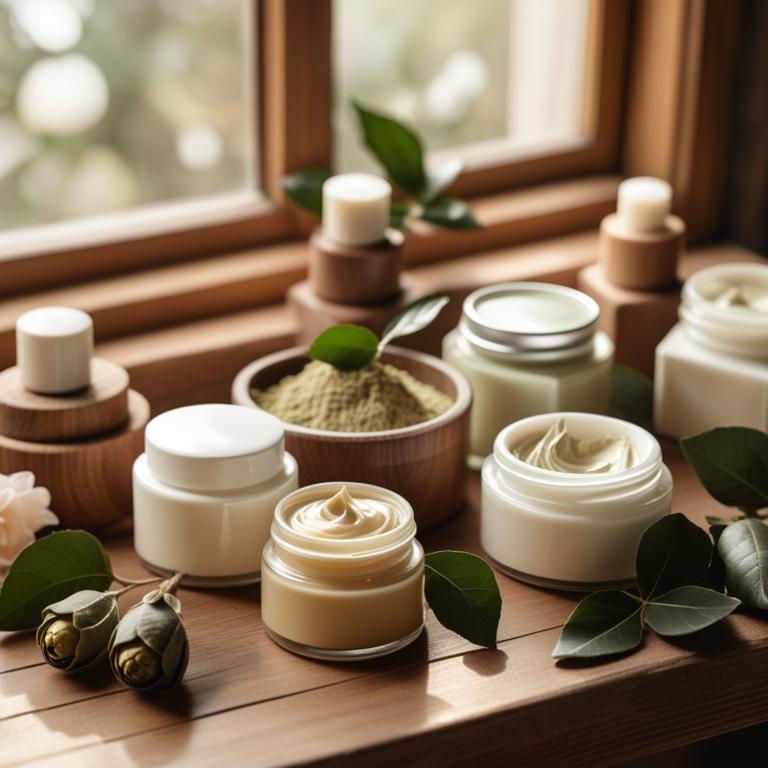
Herbal creams for Osteoarthritis are topical preparations made from natural herbs and plants that are used to relieve the pain and inflammation associated with this ailment.
These creams are beneficial in treating Osteoarthritis as they can penetrate deep into the skin, providing fast and effective relief from joint pain and inflammation.
Examples of herbal creams that are commonly used to treat Osteoarthritis include Willow bark cream, which contains salicylic acid, a natural pain reliever; Turmeric cream, which contains curcumin, a potent anti-inflammatory agent; Ginger cream, which has anti-inflammatory and analgesic properties; Boswellia cream, which has anti-inflammatory and pain-relieving properties; and Capsaicin cream, which contains the active compound capsaicin, a natural pain reliever and anti-inflammatory agent.
By using these herbal creams, individuals can experience significant relief from Osteoarthritis symptoms, reducing their reliance on medications and improving their overall quality of life.
According to Phytotherapy research : PTR, creams for osteoarthritis containing topical capsaicin, avocado-soybean unsaponifiables, and the Chinese herbal mixture SKI306X may help alleviate osteoarthritic pain.
Below there's a list of the 11 best herbal creams for osteoarthritis.
- 1. Curcuma longa creams
- 2. Ruscus aculeatus creams
- 3. Boswellia serrata creams
- 4. Glycyrrhiza glabra creams
- 5. Zingiber officinale creams
- 6. Salvia miltiorrhiza creams
- 7. Withania somnifera creams
- 8. Aloe barbadensis creams
- 9. Rheum palmatum creams
- 10. Cinchona officinalis creams
- 11. Corydalis ambigua creams
Also you may be interested in...
TODAY'S FREE BOUNDLE
Herb Drying Checklist + Herbal Tea Shopping List + Medicinal Herbs Flashcards
Enter you best email address below to receive this bundle (3 product valued $19.95) for FREE + exclusive access to The Aphotecary Letter.
$19.95 -> $0.00
1. Curcuma longa creams

Curcuma longa creams have gained significant attention for their potential in treating osteoarthritis, a chronic degenerative joint disorder characterized by cartilage breakdown and inflammation.
The anti-inflammatory and antioxidant properties of these creams, which are attributed to the presence of curcuminoids and other bioactive constituents, help to reduce joint pain and inflammation, thereby alleviating the symptoms of osteoarthritis.
Specifically, the bioactive compounds present in Curcuma longa, including curcumin, demethoxycurcumin, and bisdemethoxycurcumin, have been shown to inhibit the production of pro-inflammatory enzymes and cytokines, which are key contributors to the progression of osteoarthritis.
The benefits of using Curcuma longa creams to treat osteoarthritis include reduced pain and stiffness, improved joint mobility, and a decrease in the reliance on non-steroidal anti-inflammatory drugs (NSAIDs), making them a promising natural therapeutic option for individuals affected by this condition.
Related Study
According to "Current rheumatology reviews", Curcuma longa creams for osteoarthritis may be beneficial due to curcumin's demonstrated ability to suppress inflammation and slow the progression of osteoarthritis, as suggested by clinical and preclinical studies.
2. Ruscus aculeatus creams

Ruscus aculeatus creams have been traditionally used to treat osteoarthritis, a degenerative joint disease characterized by joint pain and stiffness.
The analgesic and anti-inflammatory properties of Ruscus aculeatus creams, which contain flavonoids and phenolic acids, help to reduce joint pain and inflammation associated with osteoarthritis.
The bioactive constituents of Ruscus aculeatus creams, including isorhapontigenin and ruscogenins, have been found to inhibit the production of pro-inflammatory enzymes and cytokines, thereby reducing joint inflammation and promoting healing.
By reducing joint pain and inflammation, Ruscus aculeatus creams provide relief from the symptoms of osteoarthritis, improving joint function and quality of life for individuals suffering from this condition.
3. Boswellia serrata creams
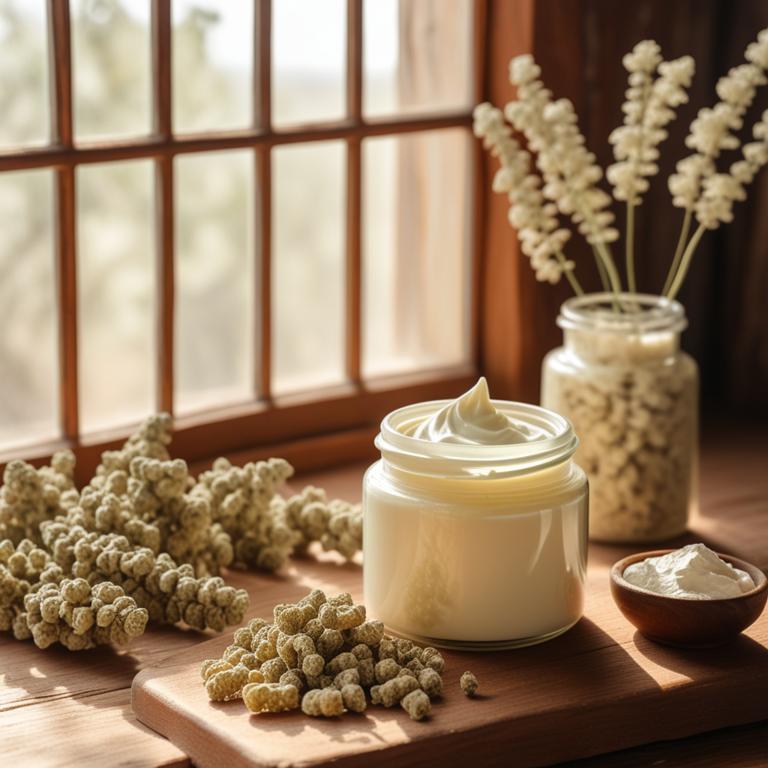
Boswellia serrata creams, derived from the resin of the Boswellia serrata tree, have been found to be effective in treating osteoarthritis due to their anti-inflammatory and analgesic properties.
The herbal preparation helps to treat osteoarthritis by reducing joint inflammation, relieving pain, and improving joint mobility, thereby enhancing the quality of life of patients.
The bioactive constituents of Boswellia serrata creams, including boswellic acids, acetyl-11-keto-β-boswellic acid, and 3-acetyl-11-keto-β-boswellic acid, are responsible for their therapeutic effects, which include inhibiting the production of pro-inflammatory enzymes and cytokines.
The benefits of using Boswellia serrata creams to treat osteoarthritis include reduced pain and stiffness, improved joint function, and a decrease in the need for pain-relieving medications.
4. Glycyrrhiza glabra creams

Glycyrrhiza glabra creams, derived from the roots of the licorice plant, have been found to possess anti-inflammatory and antioxidant properties that help to treat osteoarthritis.
The creams help to reduce joint pain and inflammation by inhibiting the production of pro-inflammatory enzymes and promoting the healing of damaged tissues.
The bioactive constituents of Glycyrrhiza glabra, including glycyrrhizin, flavonoids, and saponins, play a crucial role in its therapeutic effects, as they exhibit anti-inflammatory, antioxidant, and analgesic activities that alleviate the symptoms of osteoarthritis.
By using Glycyrrhiza glabra creams, individuals can experience relief from osteoarthritis symptoms, improved joint mobility, and enhanced quality of life.
5. Zingiber officinale creams

Zingiber officinale creams, derived from the rhizome of the ginger plant, have been found to exhibit anti-inflammatory and analgesic properties that help to treat the osteoarthritis ailment.
The bioactive constituents present in these creams, such as gingerols and shogaols, have been shown to inhibit the production of pro-inflammatory mediators, thereby reducing joint pain and inflammation.
This herbal preparation helps to treat osteoarthritis by reducing the levels of pain and stiffness, as well as improving joint mobility and functionality.
The benefits of using Zingiber officinale creams to treat osteoarthritis include reduced reliance on pain medication, improved quality of life, and a decrease in the progression of joint degeneration.
Related Study
According to "Phytotherapy research : PTR", Zingiber officinale creams for osteoarthritis showed improvement of pain over placebo.
6. Salvia miltiorrhiza creams
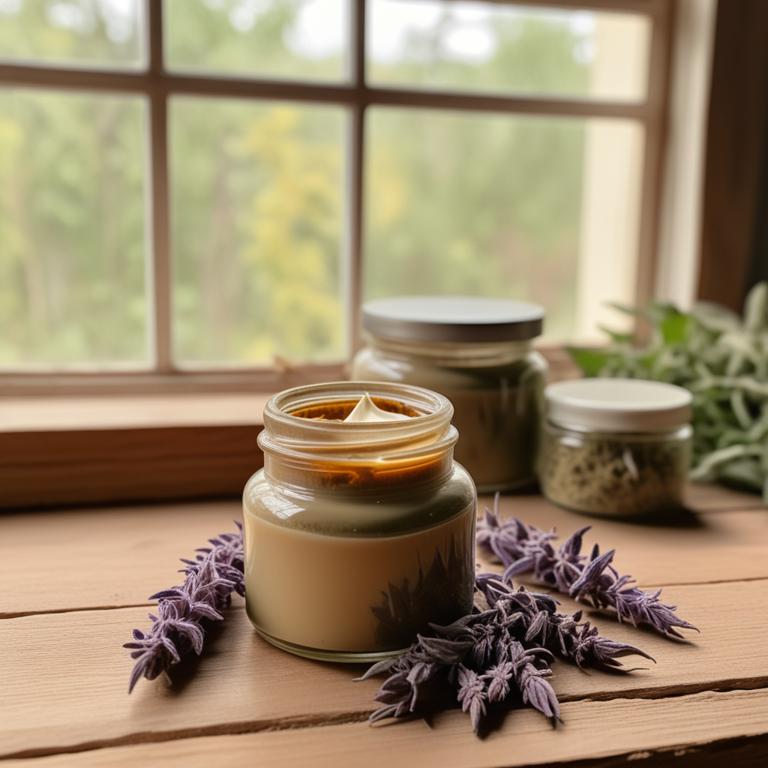
Salvia miltiorrhiza creams have been traditionally used to treat osteoarthritis due to their anti-inflammatory and antioxidant properties, which help to reduce joint pain and inflammation.
The bioactive constituents of Salvia miltiorrhiza, including tanshinones and salvianolic acids, have been shown to inhibit the production of pro-inflammatory cytokines and nitric oxide, thereby reducing joint damage and improving joint function.
These creams help to treat osteoarthritis by reducing pain and inflammation, improving joint mobility, and promoting the healing of damaged tissues.
The benefits of using Salvia miltiorrhiza creams to treat osteoarthritis include reduced pain and inflammation, improved joint function, and enhanced overall quality of life.
7. Withania somnifera creams
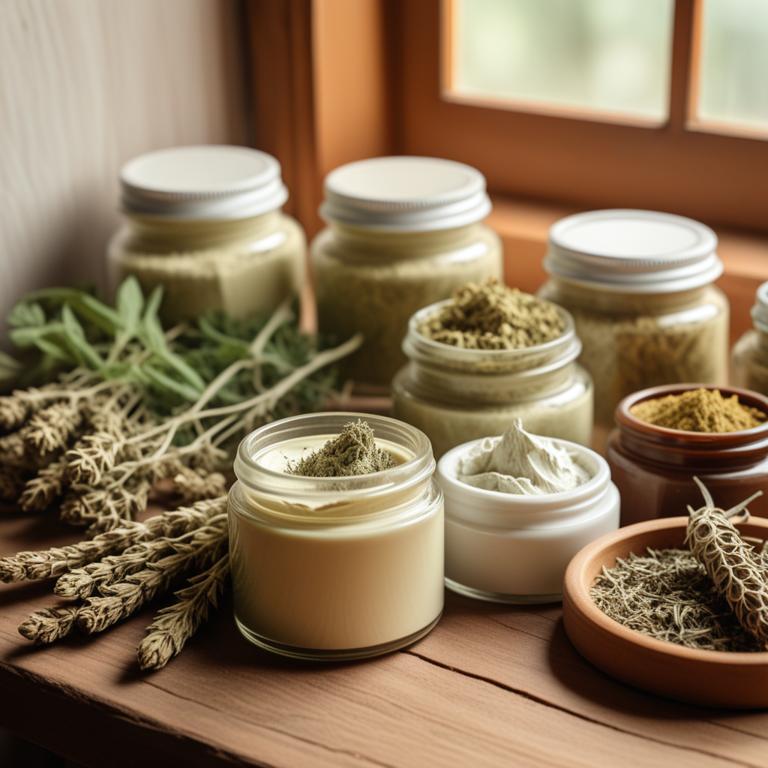
Withania somnifera creams have been traditionally used to treat osteoarthritis, a degenerative joint disorder characterized by inflammation and pain.
The anti-inflammatory and analgesic properties of these creams help to reduce joint pain and inflammation, thereby alleviating the symptoms of osteoarthritis.
The bioactive constituents of Withania somnifera, including withanolides and glycosides, are responsible for its therapeutic effects, which include antioxidant, anti-inflammatory, and immunomodulatory activities.
The benefits of using Withania somnifera creams for osteoarthritis include reduced joint pain and inflammation, improved range of motion, and enhanced overall quality of life.
8. Aloe barbadensis creams

Aloe barbadensis creams have been widely used as a natural remedy to treat osteoarthritis due to their anti-inflammatory and analgesic properties, which help to reduce joint pain and inflammation.
The bioactive constituents present in Aloe barbadensis creams, including aloin, aloe-emodin, and vitamins A, C, and E, work synergistically to promote healing and reduce oxidative stress in the affected joints.
The use of Aloe barbadensis creams has been shown to improve joint mobility, reduce stiffness, and alleviate symptoms associated with osteoarthritis, making it a valuable alternative or complementary therapy for managing this condition.
By incorporating Aloe barbadensis creams into their treatment regimen, individuals with osteoarthritis may experience significant relief from pain and discomfort, improving their overall quality of life.
9. Rheum palmatum creams

Rheum palmatum creams have been traditionally used to treat osteoarthritis, a degenerative joint disorder characterized by joint pain and inflammation.
The anti-inflammatory and analgesic properties of Rheum palmatum creams help to reduce joint pain and inflammation, thereby alleviating the symptoms of osteoarthritis.
The bioactive constituents of Rheum palmatum creams, including rhein, emodin, and hydroxyanthraquinones, exhibit their therapeutic effects by inhibiting pro-inflammatory enzymes and cytokines, thereby reducing inflammation and pain in the joints.
The benefits of using Rheum palmatum creams to treat osteoarthritis include reduced joint pain and inflammation, improved joint mobility, and enhanced overall quality of life.
10. Cinchona officinalis creams
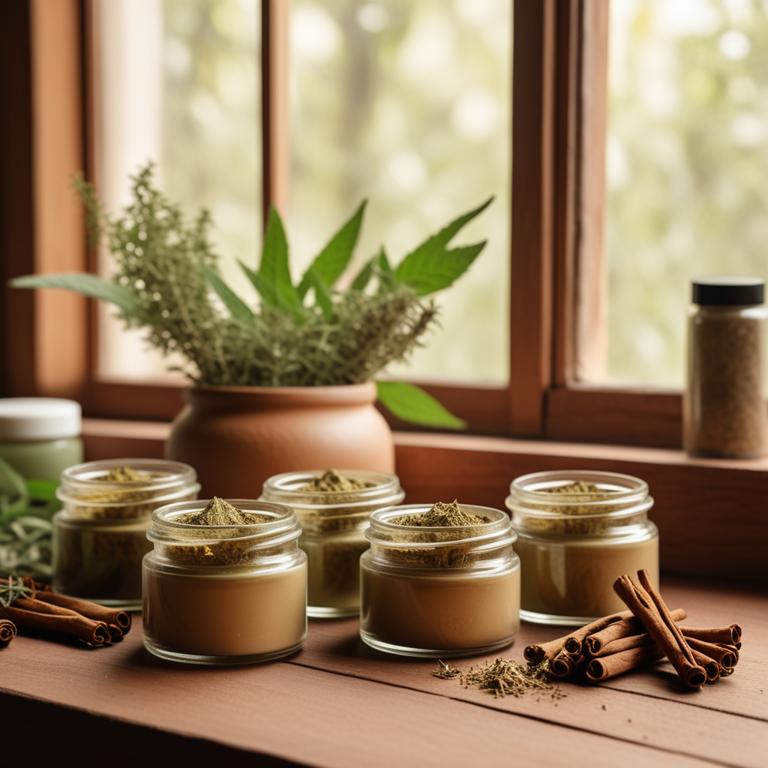
Cinchona officinalis creams have been used traditionally to treat osteoarthritis, a degenerative joint disease characterized by joint pain and inflammation.
The anti-inflammatory and analgesic properties of Cinchona officinalis creams help to reduce joint pain and swelling, providing relief to individuals suffering from osteoarthritis.
The bioactive constituents of Cinchona officinalis, including alkaloids such as quinine and quinidine, contribute to its anti-inflammatory and analgesic effects, which help to alleviate the symptoms of osteoarthritis.
The benefits of using Cinchona officinalis creams to treat osteoarthritis include reduced joint pain and inflammation, improved mobility, and a decrease in the need for pain medication.
11. Corydalis ambigua creams
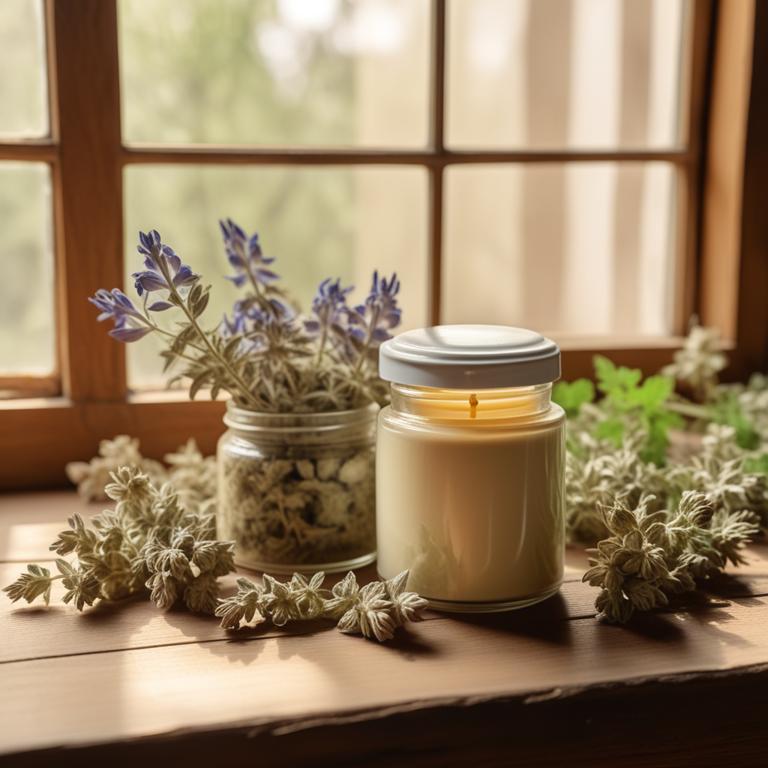
Corydalis ambigua creams have been traditionally used to treat osteoarthritis due to their anti-inflammatory and analgesic properties, which help to alleviate pain and reduce inflammation in the joints.
The bioactive constituents of Corydalis ambigua, including dehydrocorybulbine and corybulbine, have been found to contribute to its therapeutic effects by inhibiting the production of pro-inflammatory enzymes and reducing oxidative stress.
As a result, Corydalis ambigua creams can provide relief from the symptoms of osteoarthritis, such as joint pain, stiffness, and limited mobility, thereby improving the quality of life for individuals affected by this condition.
The benefits of using Corydalis ambigua creams to treat osteoarthritis include reduced reliance on non-steroidal anti-inflammatory drugs, improved joint function, and enhanced overall well-being.